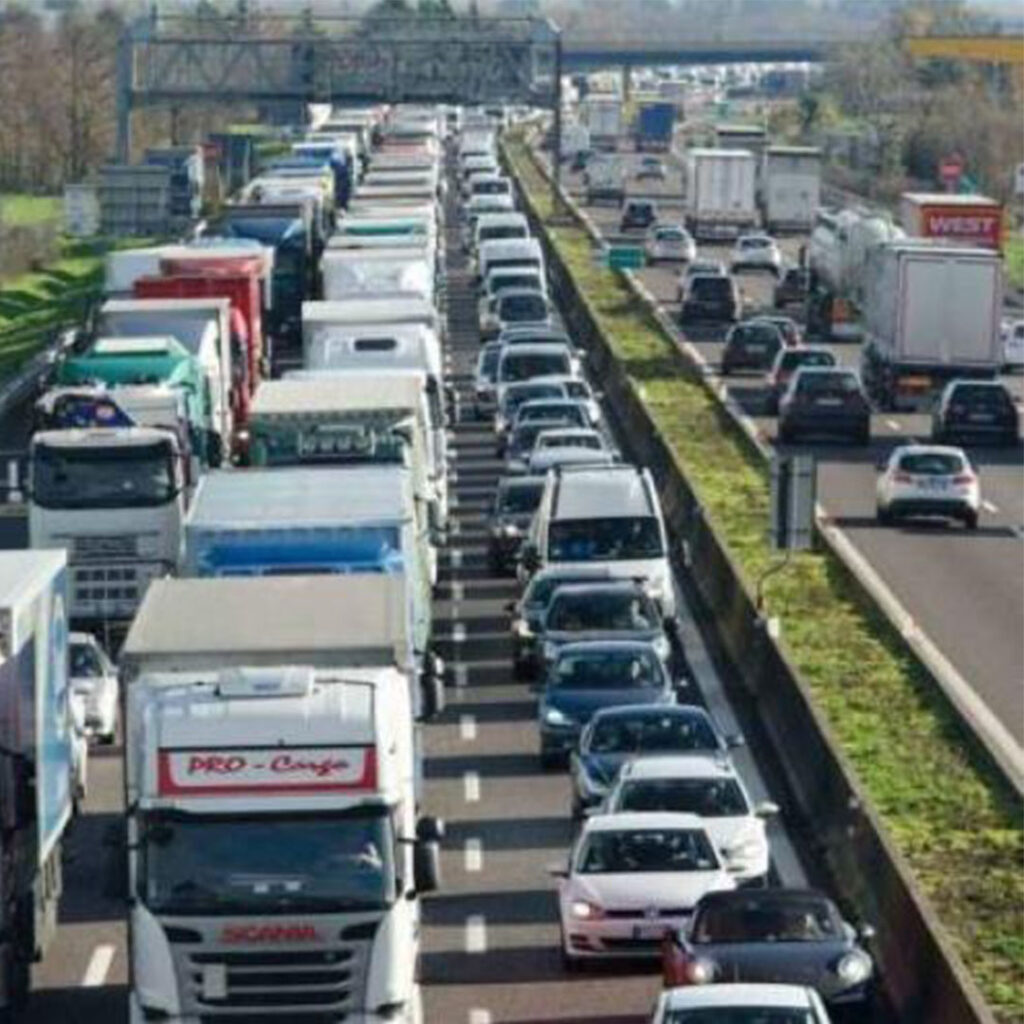End-of-life vehicles EU Regulation
Every year, over six million vehicles in Europe reach the end of their life. Inadequate handling of vehicles at the end of their life results in lost value and pollution.
The recent evaluation of the existing EU legislation regulating the area – Directive 2000/53/EC on end-of-life vehicles (“ELV Directive”, adopted in 2000) and Directive 2005/64/EC on the type-approval of motor vehicles with regard to their reusability, recyclability and recoverability (“3R type-approval Directive”, adopted in 2005) – has shown that considerable improvements were needed to boost the transition of the automotive sector to a circular economy, thereby reducing the environmental impact linked to the production and end-of-life treatment of vehicles, and strengthening the sustainability of the automotive and recycling industry in Europe.
Yesterday (13 July 2023), the EU Commission proposed measures to enhance the circularity of the automotive sector, improving design and end-of-life management of cars for more resource-efficient automotive sector. This initiative (Directive 2000/53/EU) aims to improve access to resources for the EU economy, contribute to the EU’s environmental and climate objectives, while strengthening the single market and helping to address the challenges associated with the ongoing transformation of the automotive industry.
In detail, it is expected to have substantial environmental benefits, including an annual reduction of 12.3 million tons of CO2 emissions by 2035, better valorisation of 5.4 million tons of materials, and increased recovery of critical raw materials. The implementation of the regulation will lead to long-term energy savings at the manufacturing stage, reduced dependency on imported raw materials, and the promotion of sustainable and circular business models.
Moreover, it will try to contribute to better road safety in third countries by preventing the export of non-roadworthy vehicles and reducing harmful pollution and health risks in countries importing used vehicles from the EU.
This proposal will now be considered by the European Parliament and the Council in the ordinary legislative procedure.


